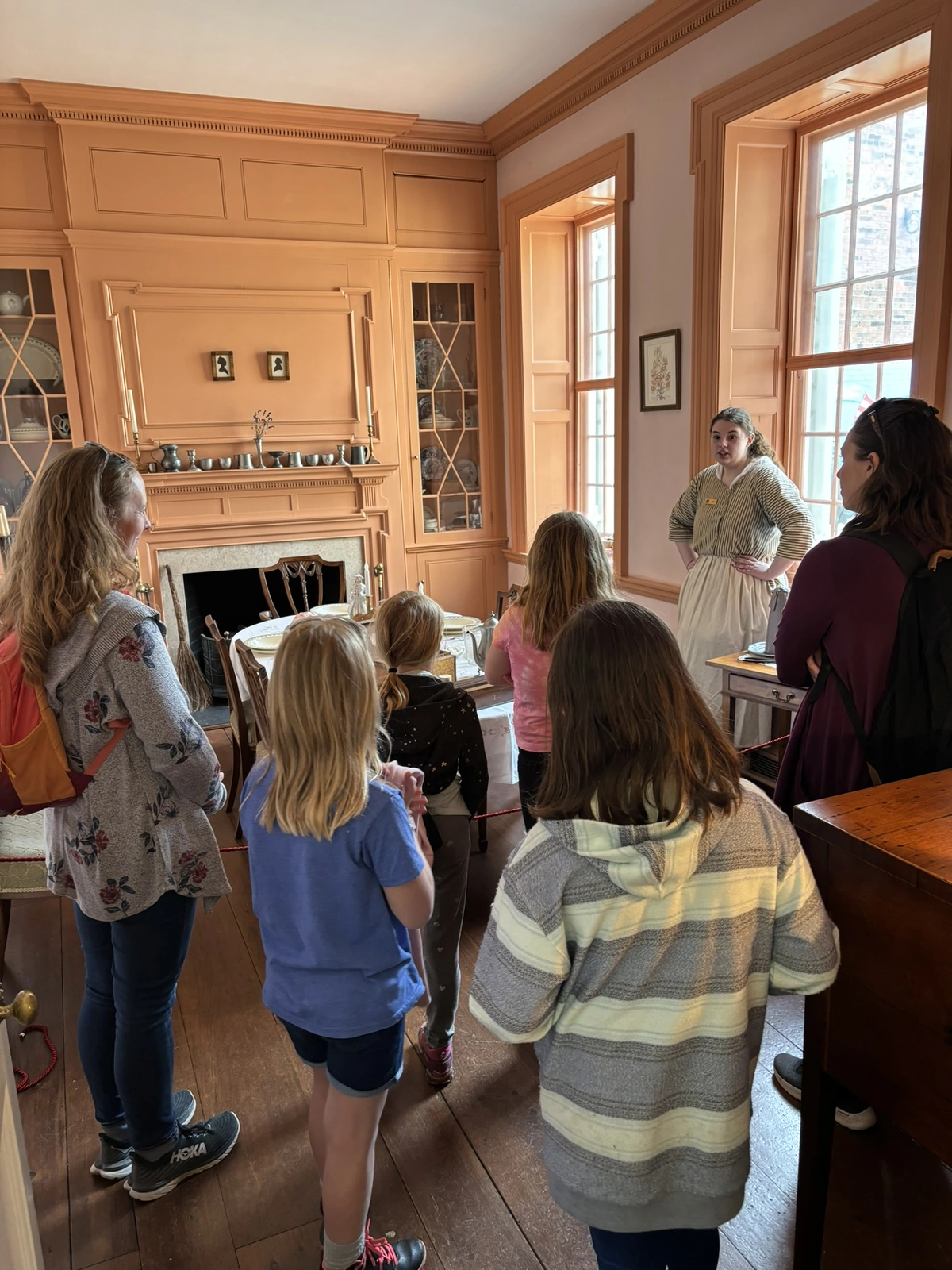The Bradford House museum is a treasure trove of knowledge, offering visitors a chance to step back in time and immerse themselves in history, art, and culture. However, navigating through the vast array of exhibits and information can sometimes be overwhelming. This is where guided tours come into play. They not only provide a structured pathway through the museum but also enrich the experience with expert insights and fascinating stories. Whether you're a history buff, an art enthusiast, or simply looking for an engaging way to spend your day, guided tours can significantly enhance your museum visit.
The Benefits of Guided Tours
Guided tours offer a myriad of benefits that can transform your museum visit from ordinary to extraordinary. Firstly, they provide context and background information that you might not get from simply reading exhibit labels. Guides are often well-versed in the museum's collection and can share intriguing anecdotes, historical context, and lesser-known facts that bring the exhibits to life. Additionally, guided tours can save you time by highlighting the most important and interesting parts of the museum, ensuring you don't miss any key pieces. They also offer an interactive experience, allowing you to ask questions and engage in discussions, making your visit more memorable and educational. Adding to the ambiance, the Bradford House’s docents are dressed in the 18th century attire.
Preparing for Your Visit
To make the most of your guided tour, a little preparation goes a long way. Start by researching the museum and its exhibits online. Familiarize yourself with the layout and identify any specific exhibits or artifacts you are particularly interested in. Check the museum's website for information on any special events happening during your visit. It's also a good idea to book your tour in advance to ensure you get a spot. Contact info@bradfordhouse.org. Dress comfortably and wear appropriate footwear as tours can include steps to the second floor of the house. Lastly, bring a notebook or a device to take notes if you wish to remember specific details or ask follow-up questions later.
Interacting with the Guide
Your guide is an invaluable resource during your museum visit. Don't hesitate to engage with them by asking questions or seeking clarification on any points of interest. Guides appreciate curious visitors and are usually more than happy to share their knowledge. If you have any specific interests or areas you would like to focus on, let your guide know at the beginning of the tour. This can help them tailor the experience to suit your preferences. Additionally, pay attention to the guide's commentary and try to participate in any interactive elements they introduce. This will not only enhance your understanding but also make the tour more enjoyable.
Making the Most of Post-tour Activities
The end of the guided tour doesn't have to be the end of your museum experience. Visiting the museum shop can also be a great way to find books, souvenirs, or educational materials related to the exhibits you enjoyed. Additionally, consider discussing your tour with fellow visitors or sharing your experience on social media. This can provide new insights and perspectives, making your visit even more rewarding.
Guided tours are an excellent way to maximize your Bradford House museum experience. They offer expert knowledge, save time, and provide an interactive and engaging way to explore exhibits. By preparing in advance, and interacting with your guide, you can ensure that your museum visit is both educational and enjoyable. Whether you're visiting for the first time or returning for another look, a guided tour can help you discover new facets of the museum's collection and leave you with lasting memories. More information at www.bradfordhouse.org.

This content has been submitted by authors outside of this publisher and is not its editorial product. It could contain opinions, facts, and points of view that have not been reviewed or accepted by the publisher. The content may have been created, in whole or in part, using artificial intelligence tools.

